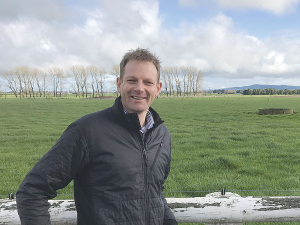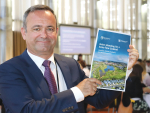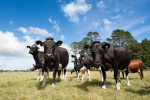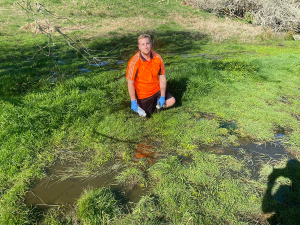The reported surge in interest in dairy conversions should be put into the context of falling overall cow numbers and improving environmental performance, says DairyNZ.
The surge has apparently been prompted by the bumper $10/kgMS payout and the window of opportunity afforded by the recent repeal of the National Environmental Standards for Freshwater animal intensification regulations.
Although not confined to Canterbury, the surge has been confirmed by Environment Canterbury which has issued five effluent discharge permits for new dairy conversions since the start of the year and had another two under consideration as of May 27.
DairyNZ says it supports inquiry about sustainable dairy growth within environmental limits and local catchment context and based on the highest standards of farm management and animal care.
“We are aware of some dairy conversion inquiries occurring, within the wider context of 20 years of environmental improvements and an appreciation of the significance of dairy to the New Zealand economy,” said DairyNZ general manager farm solutions & policy Dr David Burger.
“We understand that these conversions are happening with strict consenting controls in place as set by each regional council,” he told Dairy News.
Burger said market signals were strong for pasture-based, sustainably produced milk – which provides opportunity for the sector to continue leading with solutions and science to solve and stay ahead of environmental challenges.
But looking at the “big picture,” Burger noted that over the past decade, land in dairy has reduced by about 40,000 hectares and the number of dairy cows and herds has decreased, from 11,970 herds and 5 million cows in 2014/15 to 10,485 and 4.7 million cows in 2023/24.
During that time, average milksolids per cow increased from 377 to 400kgMS, and overall total milksolids produced each year has held relatively steady at around 1.8b.
“It is important to note that we farm differently to how we did previously, with significant investments in science and research underpinning improved environmental performance,” said Burger.
Examples include:
- Dairy has significantly reduced its on-farm nitrogen footprint across several catchments (e.g. Selwyn Hinds, down 25%) and modelling also shows a significant reduction in N load across the region based on Overseer modelling.
- 84% of dairy farms are implementing and reporting under a farm environment plan, compared to 32% in 2021.
- Significantly more nitrogen (+45%) and phosphorus (+98%) would have entered rivers from dairy-farmed land between 1995 and 2015 if farmers had not adopted better practises.
- Data from the Fertiliser Association shows a 22% decrease in synthetic nitrogen use from 2020 to 2023.
- Methane emissions from dairy cattle have decreased by 4.1% since 2017.
The Plantain Potency and Practice programme led by DairyNZ has measured an average reduction in nitrogen leaching of 26% over four years at Massey University and 23% over two years at Lincoln University from ryegrass/clover-based pastures with 20-30% plantain compared with standard ryegrass/clover pasture.
Dairy farming is a good career and business proposition, says Burger.
“Those who enter understand the importance of meeting all necessary consents and we work to support them with sciencebased solutions and advocate on their behalf for government policies that are practical and enduring, so farmers have confidence and certainty.”











